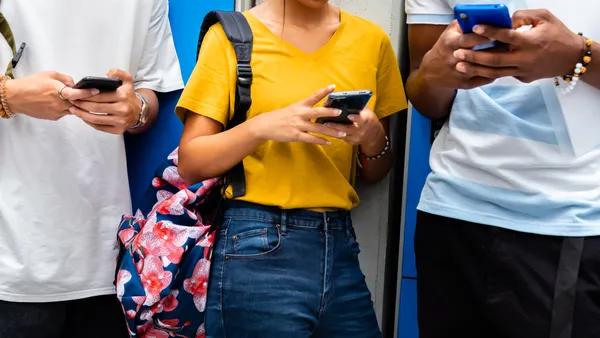Dive Brief:
- The concept of the Internet of Things, where just about all devices with on or off switches are linked to the internet or even each other, is catching on slowly in K-12.
- One example of how the IoT is already impacting classrooms can be seen in the efforts of Tiffany Davis, instructional technology specialist at Massachusetts' John R. Briggs Elementary School, to help students utilize tech to create new inventions like plant pots with LED lights that illuminate when the plants need water or more sunlight.
- Other common examples of IoT in K-12 include thermostats or classroom lights being connected or linked to the internet, furthering sustainability efforts — though just 9% of school IT managers have used the IoT, a publicist for Extreme Networks told eSchoolNews.
Dive Insight:
The trend of the Internet of Things is thrilling to many tech-savvy educators, and some schools have already connected devices including IP surveillance cameras, smart HVAC systems, wireless door locks and interactive whiteboards. Extreme Networks has estimated that the percentage of K–12 and higher ed IT managers who think smart technologies will "have a major impact" to be 46%, based on a survey with 600 respondents.
Still, many U.S. schools might not be ready for the IoT. It's largely dependent on reliable broadband infrastructure, something that some schools — especially those in poor urban and rural regions — still lack. Thin district resources might be better spent ensuring equitable access to fight disparity like the homework gap by working to increase WiFi accessibility for students. According to the Consortium for School Networking's (CoSN) third annual "E-rate and Infrastructure" report, 25% of respondents reported that "none of their schools currently meets the FCC's short-term goal."











